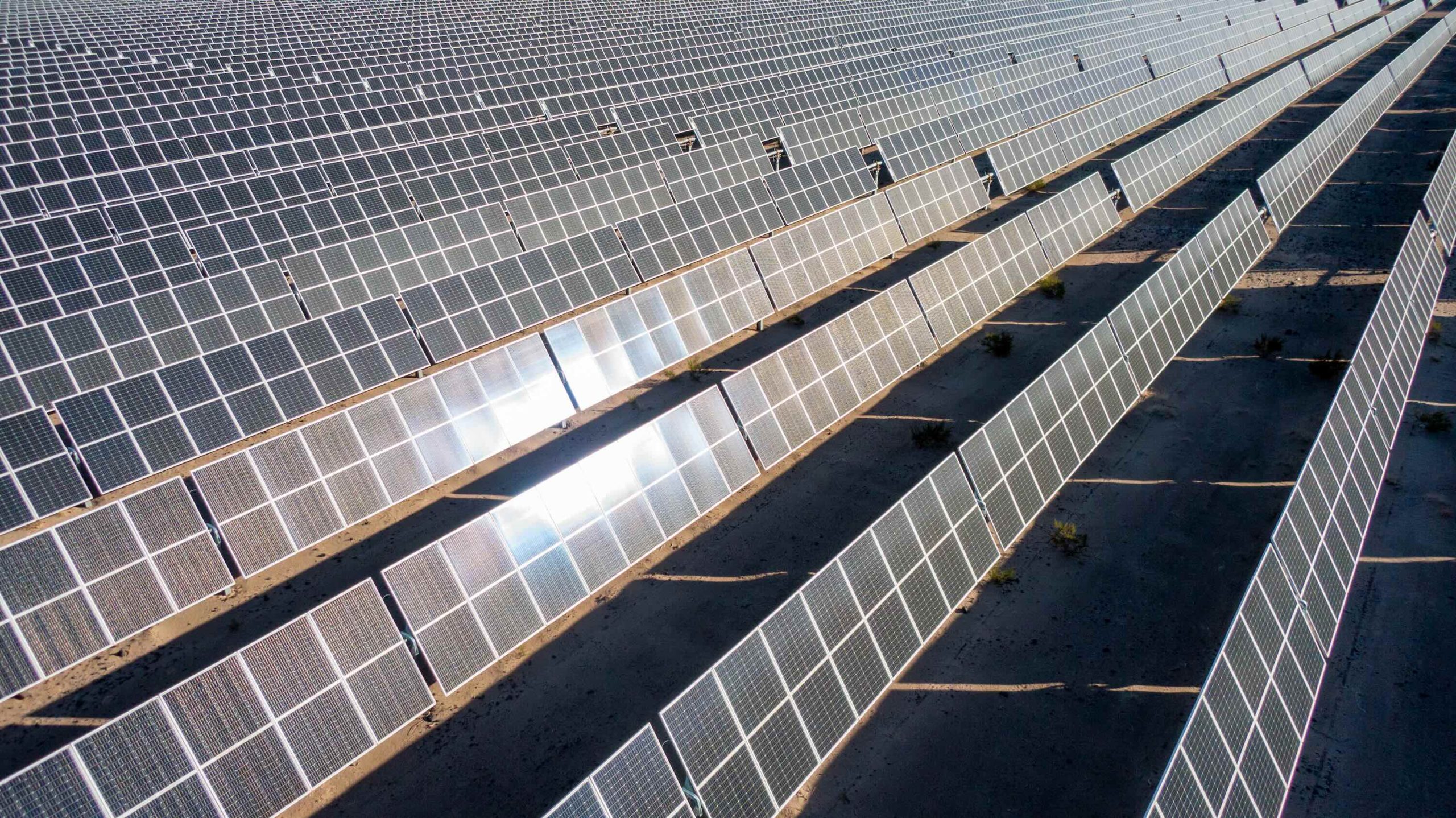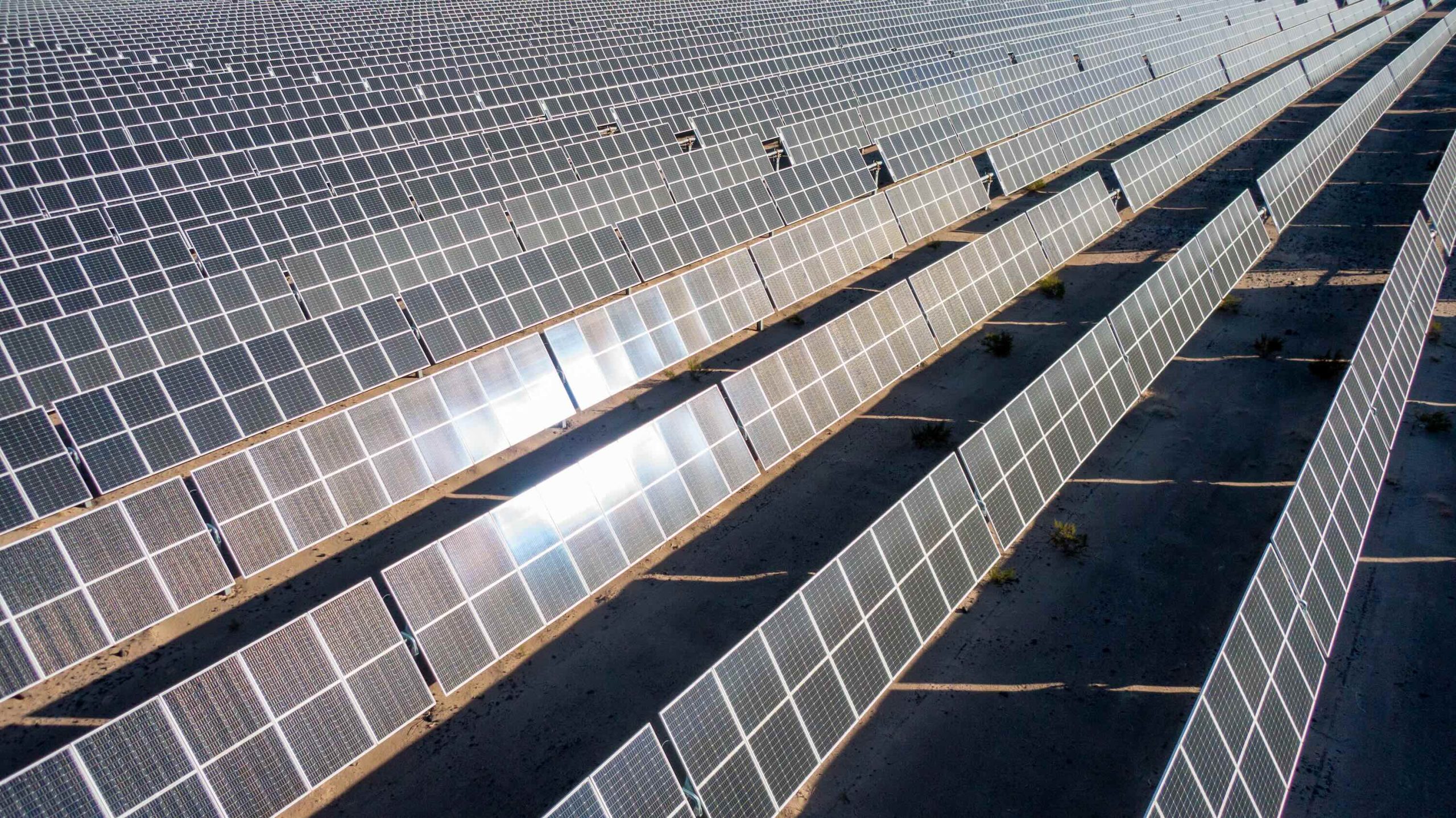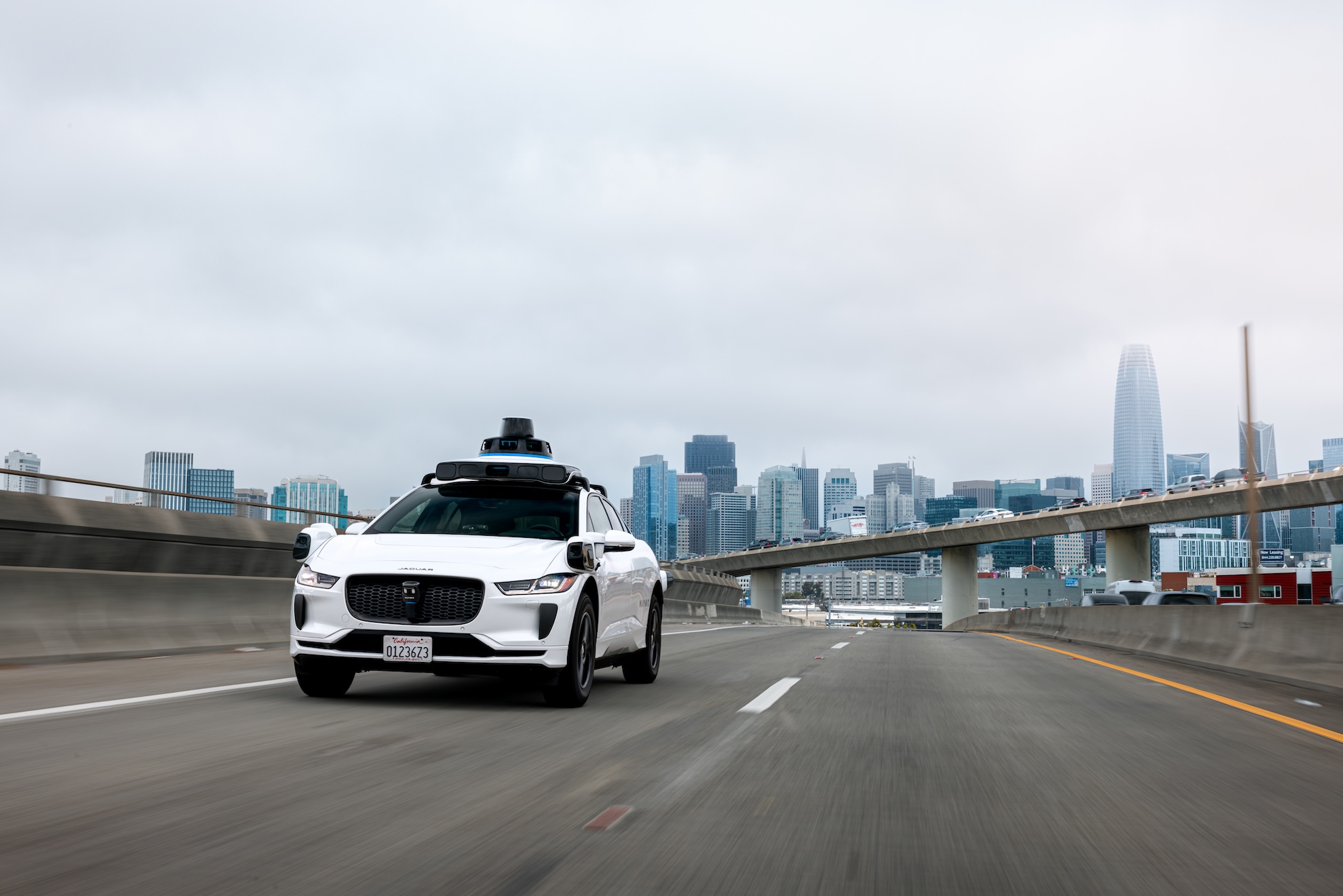
A seismic shift is underway in the global economy, underscored by a recent report from the International Energy Agency (IEA) revealing that worldwide expenditure on data centers is projected to reach an astounding $580 billion this year. This figure not only represents a significant surge in digital infrastructure investment but also eclipses the $540 billion allocated to exploring new oil supplies by a substantial $40 billion margin. This unprecedented financial redirection signals a profound reorientation of capital toward the digital realm, particularly as the rapid ascent of artificial intelligence (AI) fundamentally reshapes industrial landscapes and daily life. However, this burgeoning demand for AI-driven computation simultaneously ignites pressing concerns about its potential to exacerbate climate change, placing immense pressure on global energy grids and accelerating the urgent transition to renewable power sources.
The New Economic Frontier: Data Centers as Digital Wells
For decades, the global economy has been inextricably linked to fossil fuels, with oil exploration serving as a bellwether for industrial growth and geopolitical influence. The IEA’s latest figures indicate a symbolic, yet highly significant, passing of the torch. Data centers, once primarily the silent workhorses of the internet, have transformed into the critical infrastructure of the 21st century. They are the physical embodiment of the digital economy, housing the servers, storage systems, and networking equipment that power everything from cloud computing to streaming services, and increasingly, the sophisticated algorithms of generative AI.
The explosion of interest and investment in AI, particularly generative AI models like large language models (LLMs) and image generators, has propelled data center demand to unprecedented levels. Training these complex models requires immense computational power, often involving thousands of high-performance graphics processing units (GPUs) running continuously for weeks or months. Once trained, these models still require significant energy for "inference," or generating responses to user queries. This intensive computational load translates directly into massive electricity consumption, turning data centers into veritable energy sponges. Major tech players are committing staggering sums to build out this infrastructure; OpenAI has reportedly earmarked $1.4 trillion, Meta Platforms $600 billion, and Anthropic $50 billion for new data center initiatives, illustrating the scale of this capital allocation. These commitments reflect not just a belief in AI’s future, but a recognition that owning the foundational computing capacity is paramount to success in this new technological arms race.
The AI Energy Paradox: Innovation Meets Consumption
The acceleration of AI development presents a profound paradox. On one hand, AI holds immense promise for addressing global challenges, including climate change, through optimized energy grids, predictive climate modeling, and more efficient industrial processes. On the other hand, its current operational demands are pushing global electricity consumption to new heights. The energy footprint of AI extends beyond just the computational power; cooling systems required to prevent servers from overheating also consume substantial amounts of electricity and often require significant water resources, adding another layer of environmental concern.
Historically, data centers have been a growing source of energy demand. Even before the AI boom, the industry was scrutinizing its environmental impact, with many hyperscale operators like Google, Amazon, and Microsoft making public commitments to power their operations with 100% renewable energy. This pre-existing drive for sustainability, initially motivated by corporate social responsibility and brand image, is now intersecting with an existential need as the sheer volume of AI-related energy demand threatens to overwhelm traditional energy supplies and grid capabilities. The scale of the current expansion means that past strategies for incremental efficiency gains may no longer suffice.
Straining the Grid: A Looming Challenge
The rapid proliferation of data centers, especially those geared for AI, is placing unprecedented stress on electrical grids worldwide. The IEA report highlights that roughly half of this new electricity demand is expected to originate from the United States, with China and Europe accounting for much of the remainder. A significant portion of these new facilities are planned for or near urban centers with populations around one million, where existing grid infrastructure is often already operating at or near capacity. Connecting these power-hungry facilities to an already taxed grid presents considerable logistical and engineering challenges, requiring substantial upgrades to transmission and distribution lines, substations, and energy storage solutions.
The concern extends beyond just capacity; reliability is also at stake. Regions prone to extreme weather events, such as Texas, which has experienced rolling brownouts and blackouts during peak demand periods like scorching summers, face a heightened risk. Adding massive data center loads to these vulnerable grids could exacerbate energy instability, potentially impacting residents and businesses alike. This necessitates not only increasing generation capacity but also enhancing grid resilience and flexibility, paving the way for distributed energy resources and advanced grid management technologies.
The Renewable Imperative: Business and Environment Align
Amidst these challenges, a significant silver lining emerges: the increasing adoption of renewable energy sources for data centers. Experts suggest that integrating renewables, particularly solar, is not merely an environmentally conscious choice but often a sound business decision. The regulatory landscape for permitting large-scale solar panel installations adjacent to or near data center sites is often less cumbersome than for traditional fossil fuel power plants. Furthermore, the declining cost of solar and wind power, coupled with long-term price stability offered by Power Purchase Agreements (PPAs), makes renewables an attractive economic proposition, hedging against volatile fossil fuel prices.
This convergence of environmental responsibility and economic pragmatism is fostering innovation. Companies are actively seeking novel approaches to sustainable power and data center design. For instance, the emergence of microgrids, which can operate independently from the main grid, offers a promising solution for enhancing reliability and integrating local renewable generation. These systems can leverage various technologies, including advanced battery storage, to ensure continuous power supply, thereby reducing reliance on an often-strained centralized grid. This trend is sparking new opportunities for startups specializing in renewable energy integration, energy storage solutions, and advanced data center cooling technologies designed to minimize energy and water consumption.
Innovative Solutions for a Sustainable Future
The urgency of powering AI’s immense appetite has spurred creative solutions beyond traditional solar farms. One notable example is Redwood Materials’ new business unit, Redwood Energy. This venture focuses on repurposing electric vehicle (EV) batteries that are no longer suitable for automotive use but still retain significant capacity for stationary energy storage. By deploying these "second-life" batteries in microgrids, Redwood Energy aims to provide reliable, localized power to AI data centers, directly addressing the grid connection challenges and alleviating strain on existing infrastructure. Such initiatives represent a critical step towards a circular economy for energy resources, maximizing the utility of valuable materials.
Beyond battery storage, advancements in data center design are also playing a crucial role. Liquid cooling technologies, for example, are proving far more efficient at dissipating heat than traditional air cooling, leading to substantial energy savings. The optimization of AI algorithms themselves to run on less power, the development of more energy-efficient chips, and the exploration of geographically diverse data center locations to leverage varied climate conditions for natural cooling are all areas of active research and development. The collective impact of these innovations could significantly mitigate the environmental footprint of the AI boom.
Government’s Role and the Path Ahead
The sheer scale of investment and the critical nature of data center infrastructure suggest that the responsibility for powering this digital transformation will not fall solely on private companies. Governments are increasingly being called upon to play a supporting role through policy, incentives, and infrastructure development. The controversy surrounding OpenAI’s initial suggestion for government "backstopping" of data center loans, followed by clarification about expanding tax credits under legislation like the CHIPS Act, highlights this emerging dynamic. The CHIPS and Science Act, primarily aimed at boosting domestic semiconductor manufacturing, includes provisions for tax credits that could potentially be extended to critical data center infrastructure, recognizing its symbiotic relationship with advanced chip production.
Such governmental support could take various forms: direct subsidies for renewable energy projects, streamlined permitting processes for new power generation and transmission lines, investments in grid modernization, and research grants for energy-efficient AI technologies. However, any government involvement will need careful consideration to ensure fair competition, prevent market distortion, and align with broader national energy and climate objectives. The long-term vision must encompass not only securing sufficient power but also ensuring that this power is as clean and sustainable as possible.
Beyond the Hype: Realities of Infrastructure Development
While the ambitious plans and multi-trillion-dollar commitments from tech giants paint a picture of relentless expansion, the practical realities of infrastructure development temper expectations. Building data centers and the associated energy infrastructure on this scale involves navigating complex regulatory frameworks, securing vast tracts of land, managing intricate supply chains for components (from specialized chips to cooling systems), and overcoming potential community resistance. The timeline for bringing these massive projects online can stretch for years, and the actual build-out may not always match the initial grand announcements.
The future landscape will undoubtedly be transformed by these digital factories, whether they are sprawling complexes adjacent to solar fields or integrated into existing industrial zones. The interplay between technological innovation, economic drivers, environmental imperatives, and governmental policy will dictate the pace and nature of this transformation. As data centers continue to emerge as the bedrock of the AI era, their energy footprint will remain a central concern, pushing the boundaries of sustainable power generation and challenging societies to rethink their approach to energy consumption in an increasingly digital world.




